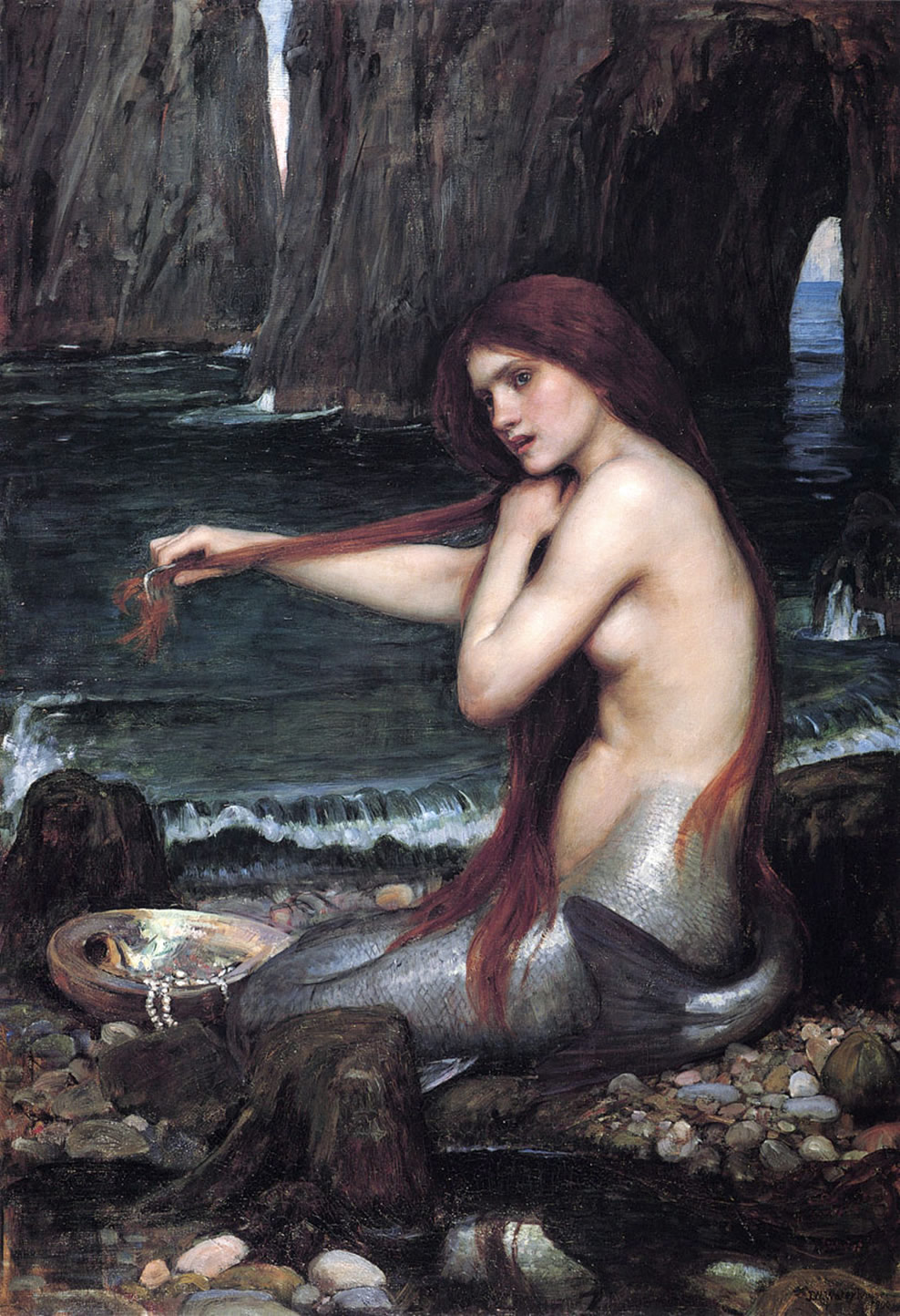A woman travelling in Africa is bitten by what appears to be a mosquito. She swats the insect and keeps on going about her journey. The next week, she finds that she has a small nodule where she was bit. She is also feeling slightly unwell, with fever and fatigue. Over the following two weeks, her fever worsens (coming and going intermittently) and she notices large lumps along the back of her neck. By this stage, she is experiencing muscle and joint pain as well. After returning home from her trip, she finds that her symptoms have not resolved. On top of her fever and pains, she begins experiencing headaches, mood swings, lethargy, confusion, clumsiness, delayed response to pain, sleepiness during the day and insomnia at night. She begins to worry that something is wrong, but she believes that it is a bad flu and does not see a doctor. Her symptoms worsen with time (sleeping up to 15 hours a day), until one day, she falls asleep and does not wake up. She is taken to a hospital, where it is discovered she is in a coma. She dies within a week.
This is the typical presentation of sleeping sickness, also known as human African trypanosomiasis. It is an infectious disease caused by a protozoan parasite called Trypanosoma brucei (comes in two types: T. brucei rhodesiense (East African type) and T. brucei gambiense (West African type)), which is transmitted by tsetse flies – a bloodsucking fly endemic to sub-Saharan Africa (there are also case reports of sexual transmission between people). When infected, the parasite rapidly proliferates in the patient’s bloodstream. It is not detected by the host immune system, thanks to a surface protein called VSG. This allows it to spread through the patient swiftly and silently via the circulatory and lymphatic systems. The early symptoms (intermittent fever, rash, lymph node enlargement), typically presenting about a week or two after infection, are due to the parasite spreading through the blood and lymph. As the infection spreads, the parasites begin to invade the central nervous system (although in the West African type of the disease, patients often die from the toxic effects of the parasite replicating in the blood before they reach this stage).
As the infection spreads through the CNS, it causes the neurological symptoms described in the case. The sleepiness (from where the disease gets its name from) worsens as the disease progresses, with patients finding it difficult to wake up in the morning, even sleeping for over 20 hours. The sleepiness is caused by a chemical called tryptophol, which is produced by the parasite. Essentially, the neurological symptoms appear as if the person’s brain is slowing down, until they fall into a coma, resulting in death without treatment (usually within 2~3 years since the infection).
Sleeping sickness is invariably fatal unless treated early. Once the patient reaches the second stage (neurological phase), treatment becomes very difficult. The current first line treatment is a drug called melarsoprol, which is a form of arsenic. Because of its toxic nature, it is extremely dangerous and there is around an 8% chance of the patient dying from side effects. Fortunately, there are less dangerous and more effective treatments such as eflornithine (which only works for the West African type) being developed.













